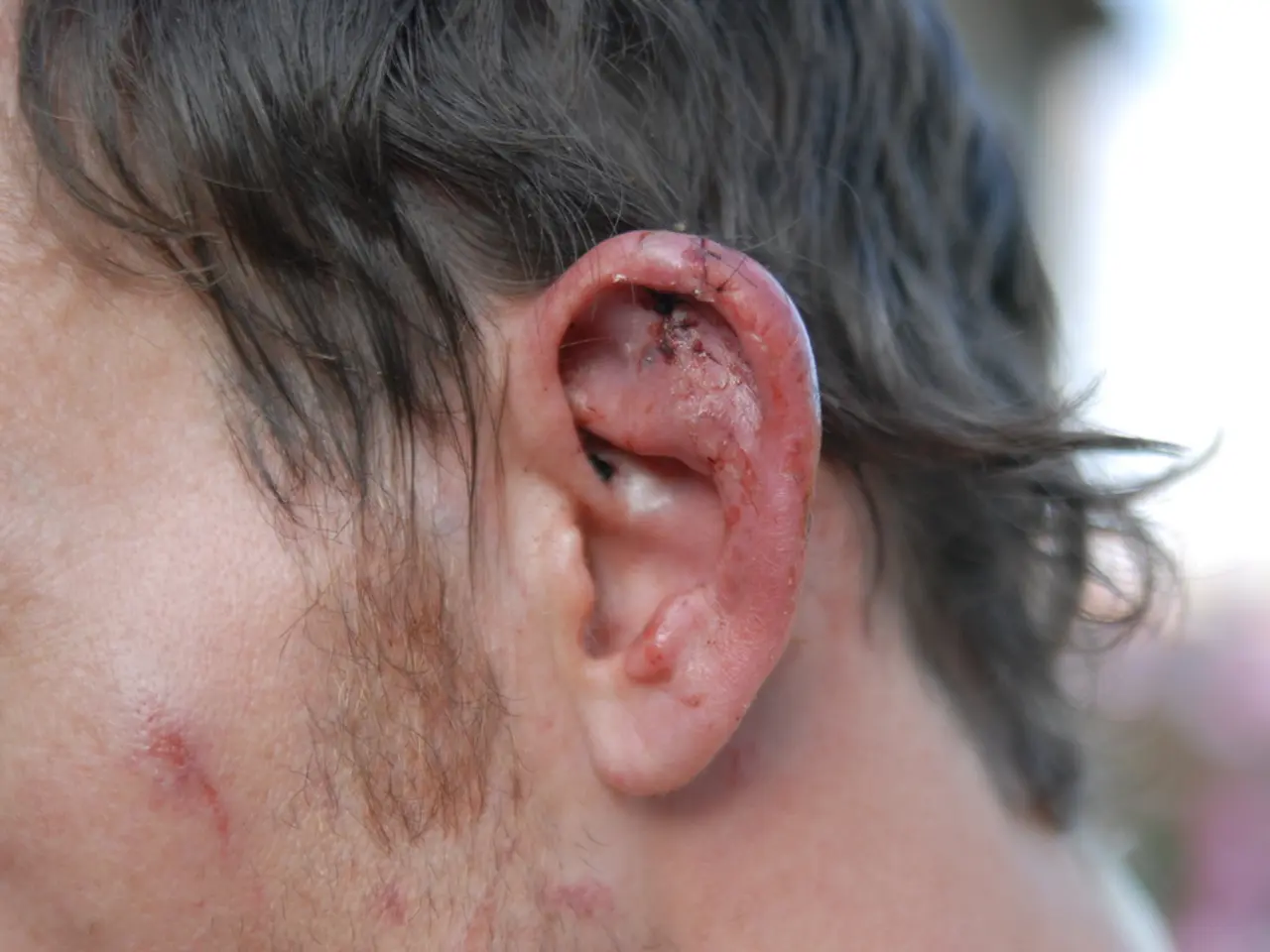Inner Ear's Intricate Design Enables Hearing and Balance
The inner ear, a complex organ responsible for both hearing and balance, is a marvel of biological engineering. It's divided into distinct parts, each with a unique function, and is filled with fluid and delicate structures that convert mechanical movements into electrical signals for the brain.
At the heart of the inner ear lies the cochlea, the most crucial component for hearing. It's divided into three fluid-filled chambers, or scalae, which transmit sound vibrations. The scala media, specifically, contains the organ of Corti, a complex structure of supporting cells and thousands of sensory hair cells. These hair cells, with up to 100 bristle-like projections, translate the sound vibrations into electrical impulses that the brain interprets as sound.
The vestibule, another part of the inner ear, is responsible for maintaining balance. It contains two sacs, the utricle and the saccule, each with a sensory patch called a macula. These maculae monitor the head's position in relation to the ground using tiny hairs embedded in a gelatinous mass. Similarly, each of the three semicircular canals, which detect rotational movements, contains an ampulla with a receptor structure called the crista ampullaris. This structure responds to rotational movements using hair cells embedded in a cone-shaped gelatinous mass called the cupula.
The inner ear's intricate design, with its specialized structures and hair cells, allows it to perform its dual role with remarkable precision. Understanding its workings is not only fascinating but also crucial for treating and preventing disorders related to hearing and balance.





